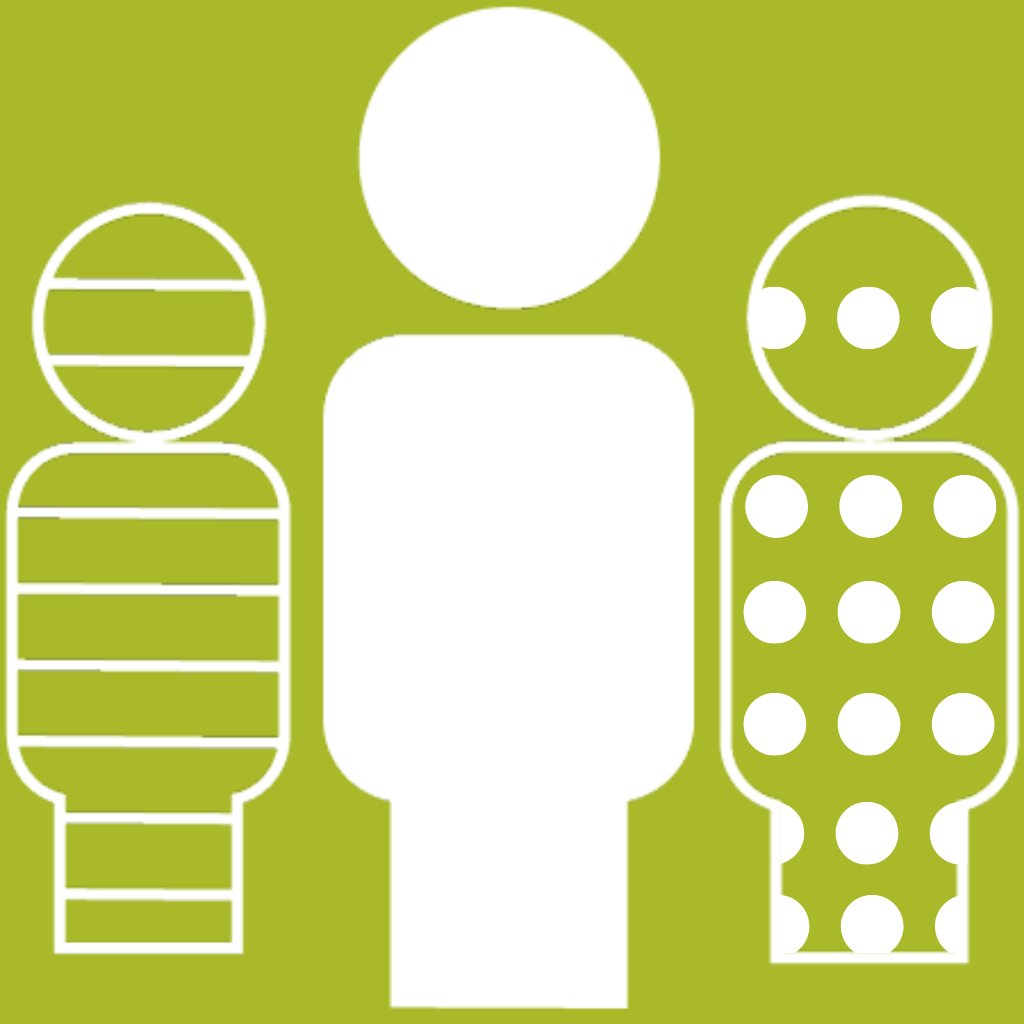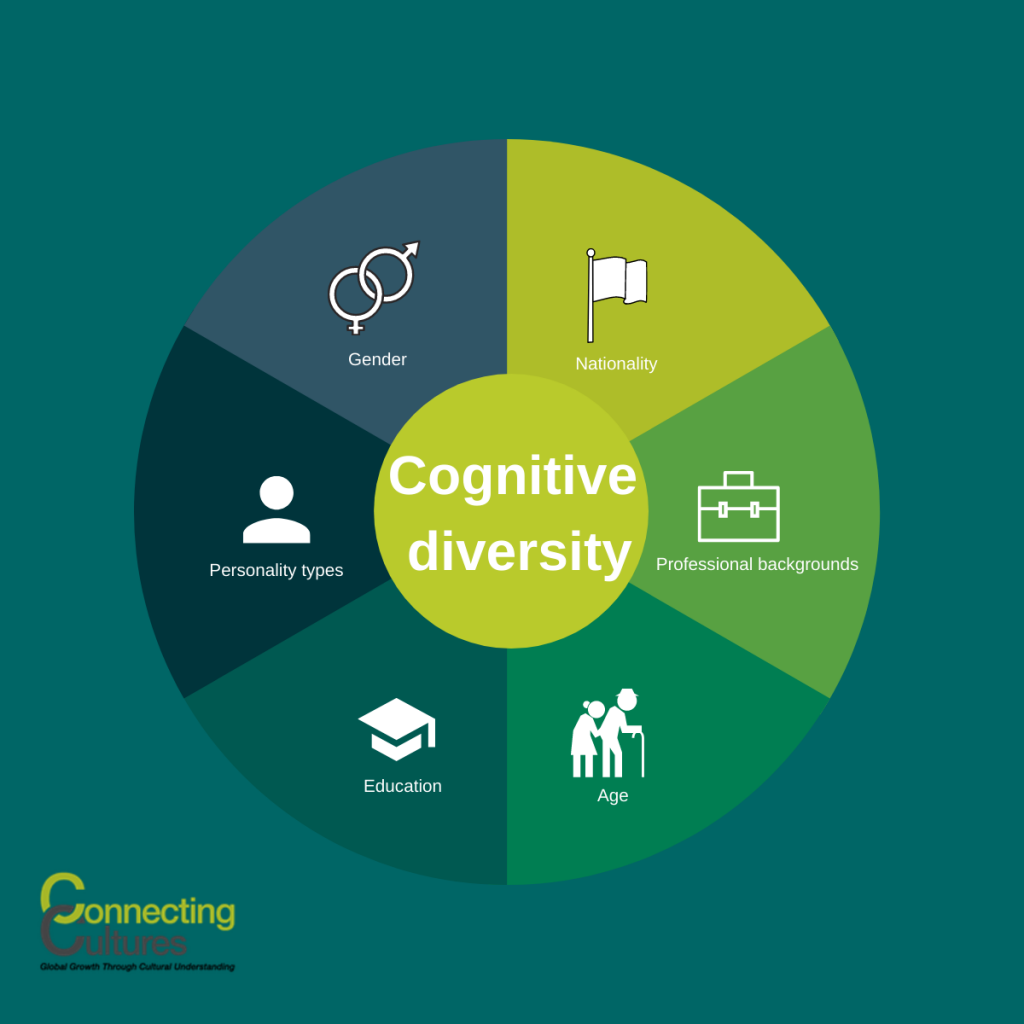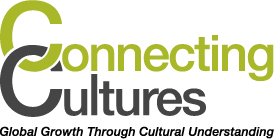
DIVERSITY AND INCLUSION
How to achieve the diversity bonus

Diversity and inclusion
Diversity and Inclusion – sometimes spelled out DEI (Diversity, Equity and Inclusion), DE&I (Diversity, Equity and Inclusion) DEI&B (Diversity, Equity, Inclusion and Belonging), DEIA (Diversity, Equity, Inclusion and Accessibility) or simply D&) (Diversity & Inclusion) – has become one of the most integral aspects for modern organizations to work actively with.
In Denmark there has been a tendency to primarily focus the DEI discussion around gender, which can actually be very limiting to the potential that exists in a broader understanding of diversity. When companies draw on a broader understanding of what diversity means and the many ways in which employees can be diverse, it opens for new ways to improve both competitiveness and well-being – also called the diversity bonus.
Collaboration in diverse teams reveals how employees can be different in terms of expectations, working methods, motivation and ways of thinking depending on gender, age, nationality, ethnicity, cognition, professional background – and many other diversity factors – this is called cognitive diversity. Cognitive diversity means analyzing the many patterns of thought, ideas, perspectives and ways to tackle and solve problems that are present – but perhaps hidden – in your group of employees.
Successful D&I initiatives can:
- Increase innovation in your organization and enhanced performance. Studies reveal that diverse teams can perform up to 25% better than non-diverse teams, and provide 20% more innovation.
- Create increased well-being and mental health for your diverse workers
- Lead to less sick days, higher job satisfaction and higher retention rates
- Expand your pool of knowledge in ways not previously identified
- Create market expansion and stronger customer relations by relating to new types of partners and customers
- Create a stronger company culture where employees feel valued, seen and respected
But, to benefit from the range of perspectives, creativity and innovation a diverse group offers, it takes more than just setting a diverse group: it takes an inclusive mindset and culture, inclusive leaders and inclusion strategies, and that requires training and sometimes support. This can all seem very overwhelming.
That is where ConnectingCultures comes in: Our DEI consultancy can be developed and tailored for senior management, HR, employees or anyone who is looking to work more actively with diversity and inclusion.
At ConnectingCultures, we approach diversity and inclusion with a broad understanding. That means that as a part of our collaboration, we aim to identify which particular diversity factors are the most relevant and important ones for your company to focus on, and what diversity actually means amongst your employees.
It also means that we as consultants in ConnectingCultures seek to analyze the overall cognitive diversity. When companies draw on a broader understanding of what diversity means and the many ways in which employees can be diverse, it opens for new ways to improve both competitiveness and well-being. Cognitive diversity means analyzing the many patterns of thought, ideas, perspectives and ways to tackle and solve problems that are present – but maybe hidden – in your group of employees.
Some of the diversity aspects we support you with:
- Cultural diversity
- Nationalities
- Age and seniority
- Mental health & Neurodiversity (employees with autism, ADHD, anxiety and other diagnosis)
- Ethnicity
- Gender
- Educational background
- Professional background
At ConnectingCultures we always work with DEI from an intersectional perspective. Intersectionality refers to how having multiple (minority) identities together can result in particular experiences of non-inclusion and/or being made invisible. Having a double minority identity – as e.g. “international” + “young” – can often lead to a particular kind of non-inclusive and/or invisible behavior from the rest of the group, that one would not experience if having just one of these identities. Rather than focusing solely on one diversity factor, an intersectional analysis can bring new perspectives and better reflect the inclusion challenges some employees may face.
WORKSHOPS, COURSES, LECTURES OR ONE-TO-ONE TRAINING?
We are happy to advise on which form of training is most relevant to you regarding diversity and unconscious bias. Read more here.

We always focus on your specific needs and put together a program that is based on your reality and industry. Before the training, you will therefore receive a questionnaire so that from your answers, we can clarify your needs and challenges. We tailor your workshop, course or lecture based on the knowledge from the questionnaires and dialogues with you.

